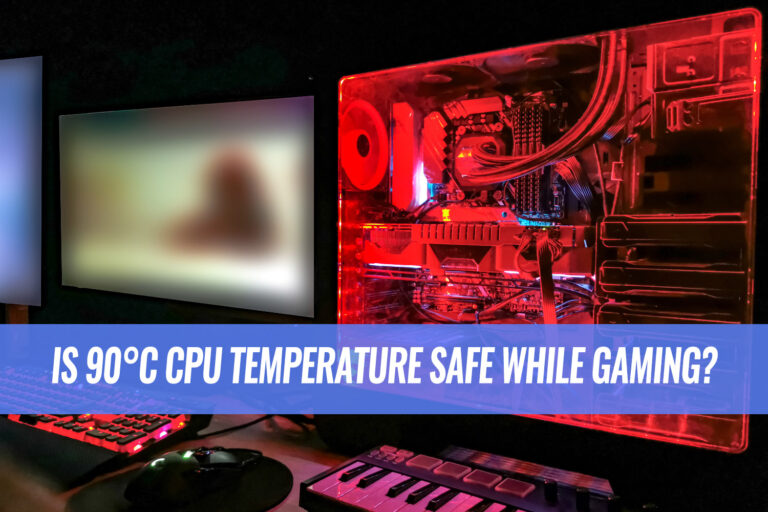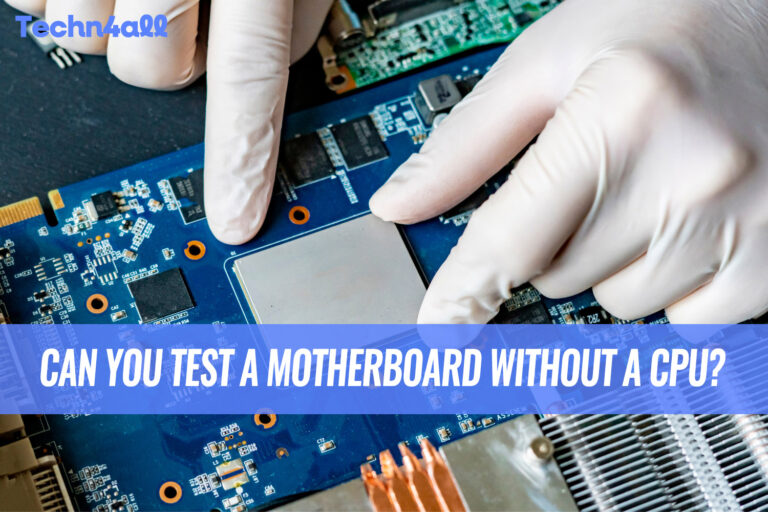Contents Show
Even the most distant person from gaming might be able to identify GPU-intensive games with little knowledge of what the GPU is supposed to do. The same cannot be said for CPU intensiveness because the aspects elevated by the CPU are not always visible to the naked eye, yet they incredibly make a game what it is. Recognizing games that are not too GPU-intensive may arguably be easier than remembering the GPU-intensive ones.
This is true in the case of Valorant, which was made with low-spec gamers in mind, much like other multiplayer shooting games like Player Unknown: Battlegrounds (PUBG). The minimalism of the game’s graphics is evident, and it is easy to say that the game does not demand a high-end graphics card.
But can the same be said for its CPU intensiveness? Since the game was made for low-specs gaming, it is evident that its CPU requirements would also not be too demanding. The game’s minimum requirements specify an Intel Core 2 Duo CPU and an Intel HD Graphics 4000 GPU, which alone says a lot.
But regardless of how low-spec Valorant is, it is a prominently more CPU-intensive game. Benchmarks related to it always conclude that the game’s performance improves not with lower graphics settings but that the performance certainly improves with a better CPU.
What are the Best CPUs for Valorant?
As discussed above, Valorant is not a game that needs high-end performance from any component. At some point, stronger components stop making any difference due to mid-tier components helping a game achieve its potential, which is also the case with Valorant.
So, the best processors for Valorant would be those that help it attain its full potential while not being overly solid and expensive because it is common for people to buy gaming PCs for particular games.
Here is a list of the processors you need to utilize Valorant at its full potential:
- Intel Core i5-5287U
- AMD FX-8320
- Intel Core i3-2125
- AMD Ryzen 3 2200G
- Intel Core i3-4150 – officially recommended Intel CPU.
- AMD Ryzen 3 1200 – officially recommended AMD CPU.
Official Valorant Minimum System Requirements
- CPU: Intel Core 2 Duo E8400 or AMD Athlon 200GE
- GPU: Intel HD 4000 or AMD Radeon R5 200
- RAM: 4 GB
- Disk Space: 8 GB Hard Disk Drive
- Operating System: Windows 7, Windows 8, Windows 8.1, or Windows 10 (64-bit required for all).
Official Valorant Recommended System Requirements
- CPU: Intel Core i3-4150 or AMD Ryzen 3 1200
- GPU: Nvidia GeForce GT 730 or AMD Radeon R7 240
- RAM: 4 GB
- Disk Space: 8 GB Hard Disk Drive
- Operating System: Windows 7, Windows 8, Windows 8.1, or Windows 10 (64-bit required for all)
How CPU Intensive Exactly is Valorant?

Valorant is not CPU intensive, considering how relatively powerful even low-tier modern CPUs are for gaming. Valorant is made for low-end PCs, so it does not demand much from any component. What can be said instead is that Valorant is less GPU intensive than CPU intensive.
It does not entail visual brilliance, which is why even an Intel HD Graphics GPU with the right VRAM can handle it. It is, however, a multiplayer game, and team-based shooters of its type have a lot of things going on, which is why it demands more performance from the CPU than the GPU.
The gameplay features various agents and weaponry, which would require more effort from the CPU.
It does not involve any complex or quantitatively higher simulation or calculation, which would typically make a video game more CPU intensive. However, it requires more from the CPU than the GPU, but to call it CPU intensive would be a stretch.
Almost every modern CPU can run it fluidly. It is just that you would need something better for a 144Hz performance from the game.
What Games are More CPU Intensive than Valorant?
CPU intensiveness may be hard to recognize at face value, but the more calculative and simulating a game is, the more performance it demands from the CPU. Typically, CPU-intensive games either feature a vast world with many things going on or are simulators with excessive creative freedom.
The kind that could eventually make any processor struggle. Games with complex AI and algorithms are also highly CPU-intensive, with the intensiveness increasing even more if the match is high-scale.
Valorant is not too intensive for any hardware component. Most CPU-intensive games involve much more information, actions, characters, and AI complexity simultaneously, which is not the case with a game like Valorant.
The best examples of CPU-intensive video games are open-world games like Red Dead Redemption 2, Grand Theft Auto V, Cyberpunk 2077, Far Cry 5, and complex simulation games like Microsoft Flight Simulator and Total War: WARHAMMER, Cities: Skylines, and Civilization VI.
Monster Hunter World is also an excellent example of a CPU-intensive game that drains much processor power due to its total and non-interrupting loading, interaction memorization, and physics simulation. Even games like Valorant itself, like Tom Clancy’s Rainbow Six Siege, are more CPU intensive than it.
Conclusion
Valorant is one of the most popular and yet one of the most low-spec-friendly video games right now. It is not a game that demands great performance from any hardware component. Regardless, better hardware components do warrant higher framerates.
It can be said that Valorant does not demand as much from the GPU as it does from the CPU. It is a less GPU-intensive game than CPU-intensive. But overall, it pressurizes neither component and features nothing graphically or algorithmically complex enough to trouble them. Even a Core 2 Duo processor can meet the game’s minimum requirements.
If you’re looking for more articles about the CPU or GPU intensiveness of video games, make sure to check the list below.





